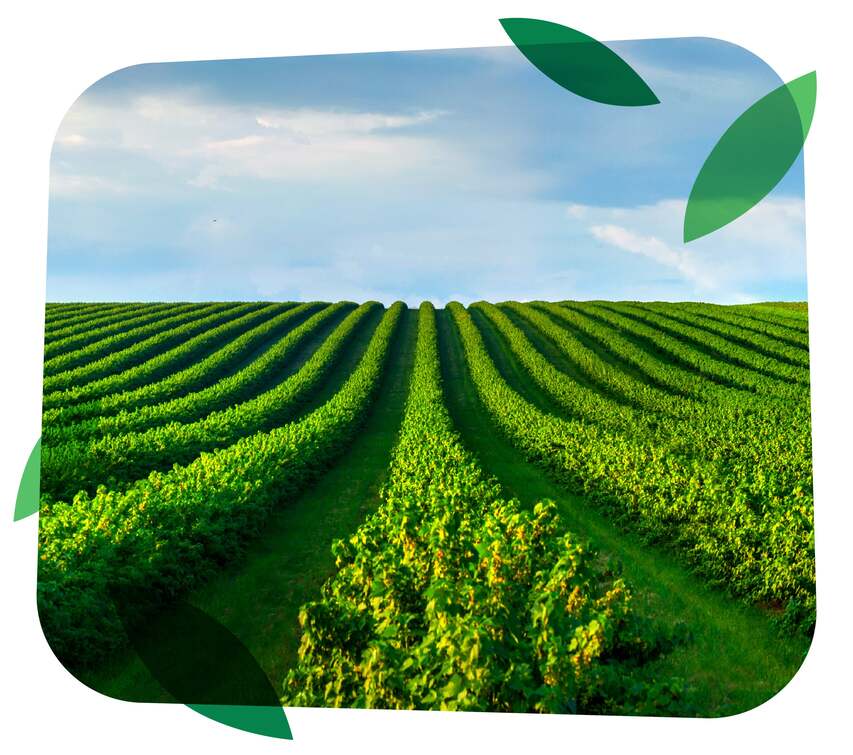Rice crop guide: the complete booklet about rice crop nutrition & rice fertilizer
Growing rice, plant nutrition, nutrients deficiency symptoms, fertilization recommendations and more – all of these and more can be found in Haifa's extensive crop guide Here are just some of the information, facts and recommendations you will find in this rice crop guide:
-
Farmers in Asia achieve, on average, about 60% only of the yield potentially achievable with existing varieties and climatic conditions.
-
Potassium fertilization field trials increased yields in 20 percent of the trial sites.
-
Fertilizer N use efficiency in lowland rice may be maximized through a better timing of application to coincide with the stages of peak requirement of the crop, and placement of N fertilizer in the soil.
-
Proper phosphorus (P) nutrition is critical for producing maximum rice grain yields. Phosphorus is very important in the early vegetative growth stages. Phosphorus promotes strong early plant growth and development of a strong root system.
-
Foliar feeding has proved to be the fastest way of curing nutrient deficiencies and boosting plant performances at specific physiological stages.
-
Field research has established the critical concentrations of P, K, and Zn in the soil by correlating soil test values of these mineral nutrients and rice plant performance.



